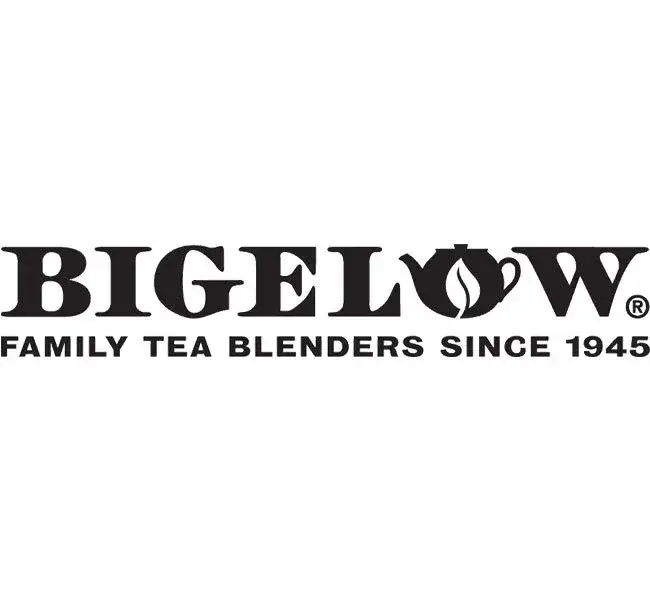Case Study 3 : Market Situation Analysis – Bigelow Tea Company
Overview
This analysis investigates the current landscape of the U.S. tea industry with a strategic lens on Bigelow Tea Company. It explores emerging trends, competitive positioning, distribution dynamics, and market opportunities, helping frame actionable strategies for sustained brand growth in a competitive environment.
Objective
To evaluate Bigelow’s position within the U.S. tea industry, analyze its competitors, identify distribution trends, and suggest niche marketing opportunities that can strengthen its visibility and customer base.
Strategy & Execution
Industry Trends
U.S. tea market valued at $51.57B (2021), expected to grow to $80.67B by 2030 at a CAGR of 5.77%.
Over 50 billion cups of tea consumed annually in the U.S., with 85% iced and 90% black tea.
Rising interest in:
Ready-to-Drink (RTD) teas.
Health-focused teas (e.g., digestion, stress relief).
Organic & fair-trade certifications.
Specialty blends and flavor diversity.
Company Focus: Bigelow Tea
Family-owned Connecticut-based brand.
Over 100 tea varieties across 8 product lines including:
Bigelow, Bigelow Benefit, Botanical, Steep by Bigelow, and Charleston Tea Garden.
Products range across:
Tea bags, loose-leaf, K-cups, and pyramid bags.
Herbal, black, oolong, decaf, fruit, floral, citrus, mint, and functional teas (immunity/digestion).
Key Competitors
Stash Tea: Known for potent mint & sustainability (B Corporation).
Harney & Sons: Premium, innovative (Zodiac, CBD teas), strong in digital and content marketing.
Tazo: Popular for flavored lattes, mixers; partners with nonprofits for environmental justice.
Yogi Tea: Ayurvedic wellness teas; socially driven partnerships.
Distribution & Channel Insights
Bigelow uses all 4 core channels:
Supermarkets – Lead in product visibility & variety.
Grocery & Convenience Stores – Essential for accessibility.
Online – Fastest-growing segment due to:
Mobile-friendly shopping.
Brand comparisons and real-time customer reviews.
Emerging Niche Opportunities
Business Hotels
Deli Shops
Concerts/Events
These non-traditional locations offer branding opportunities through trial, taste memory, and repetitive exposure—great for flavor-first products.
Results & Takeaways
Key Learnings
U.S. market still underdeveloped compared to international tea markets.
There’s a visible shift toward health-conscious, organic, and experiential products.
Flavor innovation and social branding drive customer loyalty and virality.
Strategic Recommendations
Double down on specialty tea SKUs with health benefits.
Enhance digital footprint through influencer content, storytelling, and wellness education.
Build partnerships with boutique locations (hotels, cafes, wellness retreats).
Use QR codes on packaging for digital engagement (recipes, rituals, sustainability stories).
Tools & Methodologies Used
Market Sizing Analysis
Competitive Benchmarking
STP (Segmentation-Targeting-Positioning)
Channel Distribution Matrix
Trend Forecasting
